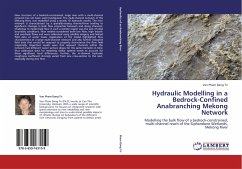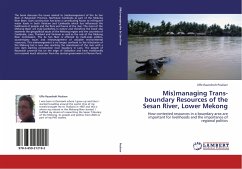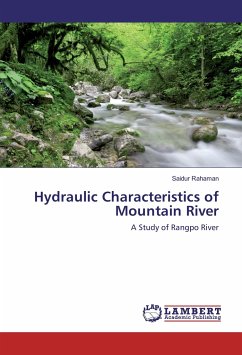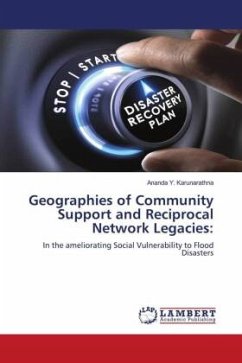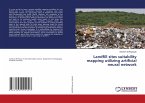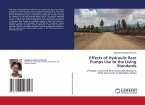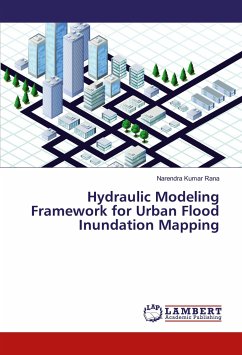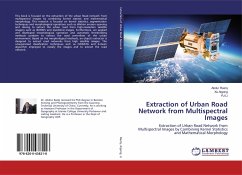Flow structure of a bedrock-constrained, large river with a multi-channel network has not been well investigated. The multi-channel network of the Mekong River, was modelled using a steady 1D hydraulic model. The river network is characterized by a spatially-varying channel-form leading to significant changes in bulk flow properties between and along channels. Challenge to model bulk flow in such a remote region was the lack of ideal boundary conditions. Flow models considered both low flow, high inbank and overbank flows and were calibrated using satellite imagery and limited field data of water levels. Application of the model highlighted flow characteristics of a large multi-channel network and also further indicated field data that would be required to properly characterize the flow field empirically. Important results were that adjacent channels within the network had different water surface slopes for the same moments in time; thus calibration data for modeling similar systems needs to account for these significant local differences. Further, the in-channel hydraulic roughness coefficient strongly varied from one cross-section to the next, especially during low flow.
Bitte wählen Sie Ihr Anliegen aus.
Rechnungen
Retourenschein anfordern
Bestellstatus
Storno

